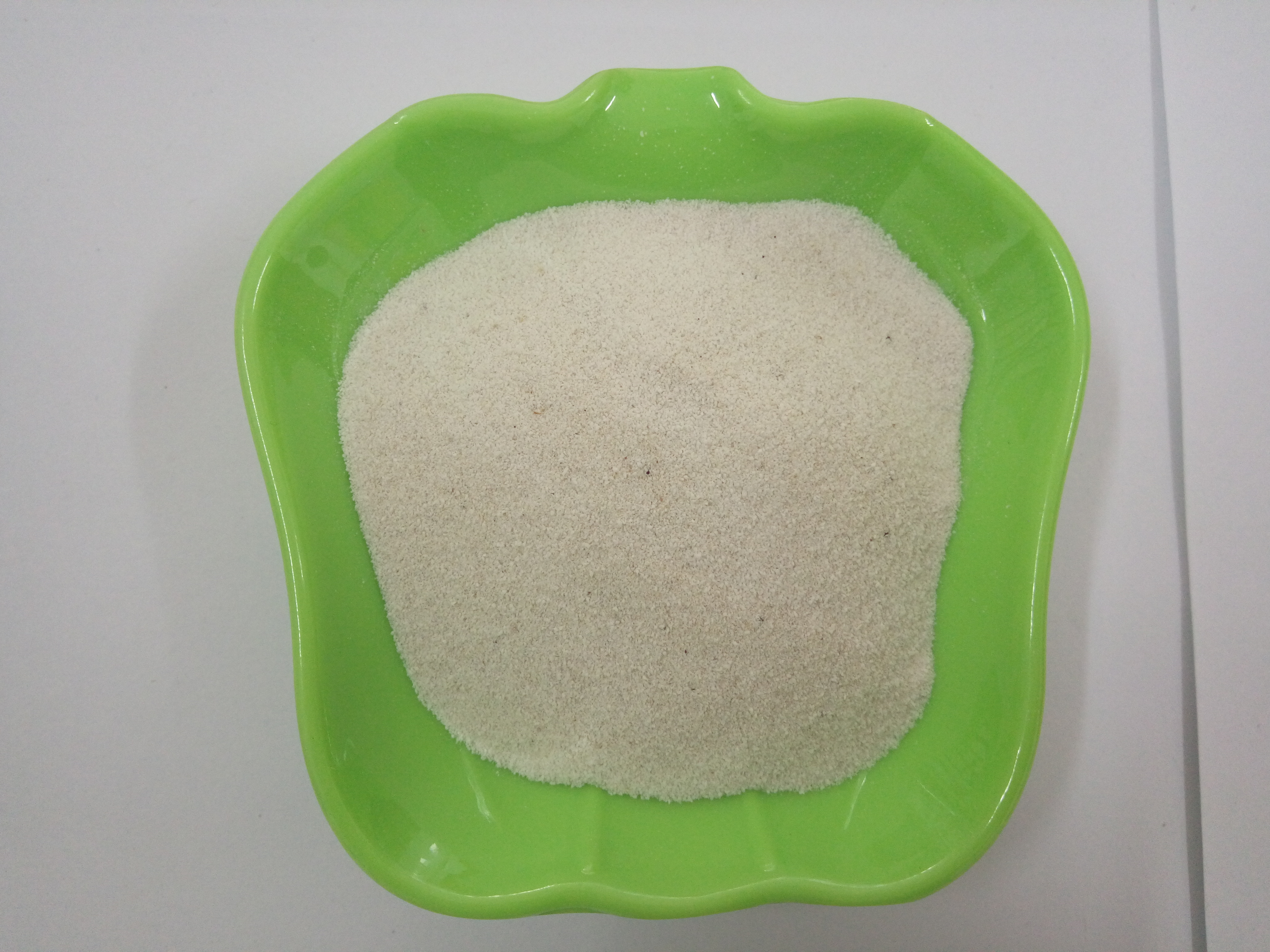Drift bead is a type of fly ash hollow ball that can float on the water surface. It is gray white in color, with thin and hollow walls, and a very light weight. The unit weight is 720kg/m3 (heavy), 418.8kg/m3 (light), and the particle size is about 0.1mm. The surface is closed and smooth, with low thermal conductivity and a fire resistance of ≥ 1610 ℃. It is an excellent temperature retaining refractory material, widely used in the production of lightweight castables and oil drilling. The Chemical composition of the floating bead is mainly silicon dioxide and aluminum oxide. It has the characteristics of fine particles, hollow, light weight, high strength, wear resistance, high temperature resistance, thermal insulation, insulation and flame retardancy. It is one of the raw materials widely used in the fire resistance industry.
Drift bead is a type of fly ash hollow ball that can float on the water surface. It is gray white in color, with thin and hollow walls, and a very light weight. The unit weight is 720kg/m3 (heavy), 418.8kg/m3 (light), and the particle size is about 0.1mm. The surface is closed and smooth, with low thermal conductivity and a fire resistance of ≥ 1610 ℃. It is an excellent temperature retaining refractory material, widely used in the production of lightweight castables and oil drilling. The Chemical composition of the floating bead is mainly silicon dioxide and aluminum oxide. It has the characteristics of fine particles, hollow, light weight, high strength, wear resistance, high temperature resistance, thermal insulation, insulation and flame retardancy. It is one of the raw materials widely used in the fire resistance industry.
Excellent performance and use of floating beads
High fire resistance. The main chemical components of floating beads are oxides of silicon and aluminum, with silicon dioxide accounting for about 50-65% and aluminum trioxide accounting for about 25-35%. Because the melting point of silicon dioxide is as high as 1725 degrees Celsius, and the melting point of aluminum oxide is 2050 degrees Celsius, both of which are high refractory substances. Therefore, floating beads have extremely high fire resistance, typically reaching 1600-1700 degrees Celsius, making them excellent high-performance refractory materials. Lightweight, insulated and insulated. The floating bead wall is thin and hollow, with a semi vacuum inside the cavity and only a very small amount of gas (N2, H2, CO2, etc.), resulting in extremely slow and minimal heat conduction. So the floating beads are not only lightweight (with a unit weight of 250-450 kilograms/m3), but also have excellent insulation and thermal insulation (with a thermal conductivity of 0.08-0.1 at room temperature), which lays the foundation for their great potential in the field of lightweight insulation materials. High hardness and strength. As the floating bead is a hard glass formed by silicon aluminum Oxide mineral phase (quartz and mullite), its hardness can reach Mohs 6-7, static pressure strength can reach 70-140MPa, and its true density is 2.10-2.20g/cm3, which is equivalent to that of rock. Therefore, floating beads have high strength. Generally, light porous or hollow materials such as Perlite, boiling rock, diatomite, pumice, expanded vermiculite, etc. are of poor hardness and strength. Thermal insulation products or light refractory products made of them have the disadvantage of poor strength. Their weakness is precisely the strength of floating beads, which gives them a competitive advantage and a wider range of uses. Fine particle size and large specific surface area. The natural particle size of floating beads ranges from 1 to 250 microns. The specific surface area is 300-360cm2/g, which is similar to cement. Therefore, floating beads do not require grinding and can be used directly. The fineness can meet the needs of various products. Other lightweight thermal insulation materials are generally of large particle size (such as Perlite). If they are grinded, the capacity will be greatly increased and the thermal insulation will be greatly reduced. In this regard, floating beads have advantages. Excellent electrical insulation. The floating bead after selecting the magnetic bead is an excellent insulating material that does not conduct electricity. The resistance of general insulators decreases with increasing temperature, while the resistance of floating beads increases with increasing temperature. This advantage is not possessed by other insulation materials. So, it can be used to produce insulation products under high temperature conditions.
Post time: Jun-16-2023


